For decades, science fiction writers have used their ideas to help create the future. Science fiction novels and films are dense with far-fetched concepts, which are frequently used as springboards for action-packed adventures rather than as serious attempts to forecast future developments in science or technology.
Additionally, radar, geostationary satellites, and powerful pocket computers were all previously considered science fiction until a few visionary individuals took it upon themselves to make them a reality.
In this article, we'll go through several science fiction concepts that, at the very least, could be implemented.
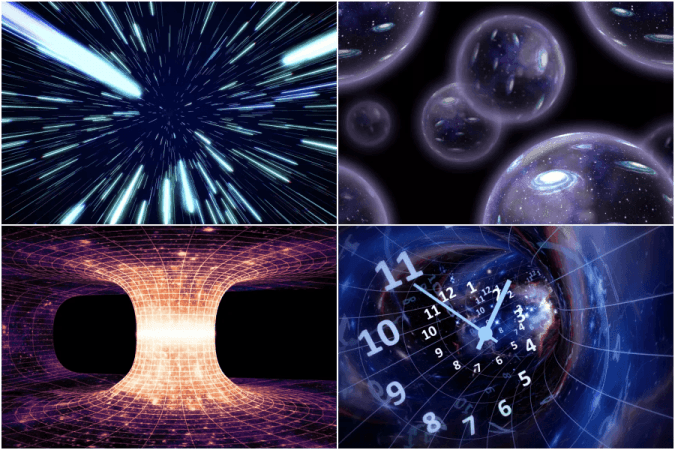
TELEPORTATION
Teleportation is unlike any other mode of transport in that, rather than the passenger travelling through space from spot A to point B, teleportation ends in the creation of an exact copy at the location while the source is destroyed. Teleportation is definitely conceivable when seen in these terms — and at the level of subatomic particles rather than human people.
When two distant particles are entangled, the state of a third particle "teleports" to the two entangled particles. On computer chips, information may be transferred between photons even if they are not physically connected. Scientists at the University of Rochester and Purdue University have discovered that electrons may teleport.
The researchers, including Rochester physicists John Nichol and Andrew Jordan, explore novel techniques of generating quantum-mechanical interactions between distant electrons.
The study might transform technology, health, and science by delivering quicker and more efficient processors and sensors, the scientists said. Quantum teleportation is proof of quantum entanglement, which Albert Einstein dubbed "spooky activity at a distance." A particle's characteristics can impact the properties of another particle, even if they are separated by a vast distance.
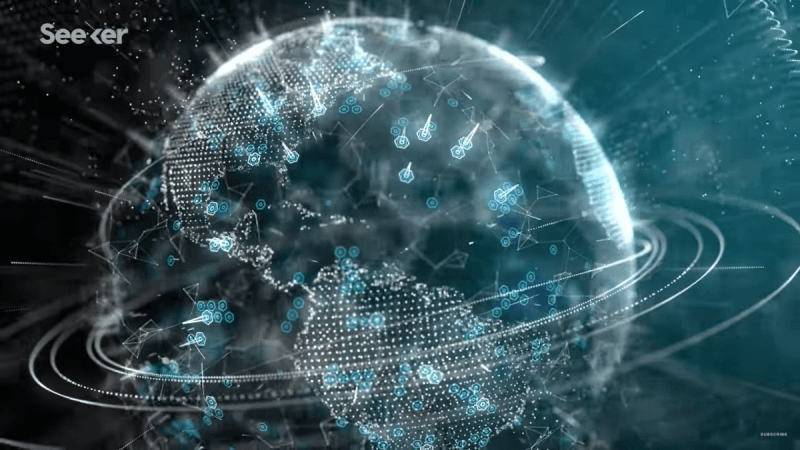
Star Trek is a classic example where teleportation is shown. A transporter is a fictional teleportation device from the Star Trek universe.
Shuttlecraft are only employed in the 23rd century by Kirk, Spock, and McCoy when beaming someone's molecules around would be harmful to their health. Contrary to popular belief, the reason why Gene Roddenberry opted to outfit his starships with "transporters" was to reflect the low-tech reality of the 1960s.
An annular confinement beam (ACB) is a cylindrical force field that channels and tracks the transportee from source to destination. This prevents your parts and pieces from wandering into intergalactic space as you're transported to a strange new world.
The ACB appears to lock onto a target before disassembling it into the phased matter, an energy-like condition. It's a shame the show's creators can't be more precise. Whatever the case, it is apparent that "something" is being transferred from one location to another with instructions to reconstruct it upon arrival.
WORMHOLES
Ever watched Christopher Nolan's Interstellar?
This sci-fi adventure follows an adventurous team of NASA scientists, engineers and pilots as they utilize a newly found wormhole to overcome the constraints of human space flight and cross the immense distances needed in an interstellar trip.
For example, the film imagines a future in which a series of natural disasters cut the North American population tenfold or more, with comparable effects on the rest of the planet.
In the movie, professor Brand's gravity equation is essentially an effort to manipulate gravity. Luckily, a wormhole appears near Saturn, leading to a faraway galaxy. It's circling Gargantua, the alien galaxy's enormous blazing black hole. As a result of Gargantua's enormous gravitational attraction.
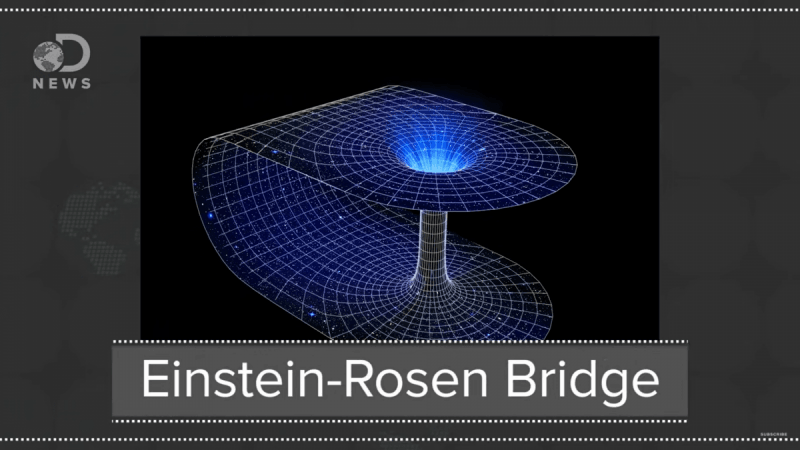
During the early stages of study on black holes, before the term was coined, physicists were unsure whether these strange phenomena existed in the actual world.
Physicists Albert Einstein and Nathan Rosen originally developed wormholes. The problem is that the wormhole and the unique stuff that stabilises it cannot deviate too far from standard physics. Only micro-wormholes have been created thus far.
After their 1935 forecast, the evidence seemed to indicate no—wormholes were unlikely to exist. But recent research suggests they may be easier to create than previously assumed.
In late 2017, physicists Ping Gao and Daniel Jafferis of Harvard University and Aron Wall of Princeton's Institute for Advanced Study identified a technique to prop open wormholes via quantum entanglement.
General relativity's projected cosmic bridges may be achievable.
TIME TRAVEL
A time machine is a classic sci-fi plot element, allowing individuals to travel back in time and alter the course of history – for better or worse.
Einstein's general relativity theory tells us it is possible to travel back in time. This conflates space and time into a single "space-time" continuum.
According to physicist David Lewis Anderson of the Anderson Institute, a hypothetical design for such a time machine was presented in 1974 by physicist Frank Tipler. A Tipler cylinder must be large — at least 60 miles (97 kilometres) long — and thick, with a mass similar to the sun. Using a time machine requires the cylinder to revolve quickly enough to warp space-time such that time loops back on itself. It's not as straightforward as placing a flux capacitor in a DeLorean, but it works on paper.

Contact is one of the most significant science fiction films about time travel ever created. The film served as an inspiration for a whole generation of scientists.
Imagine yourself as a light-speed radio wave. You leave Earth and fly past the moon, Mars, the asteroid belt, Jupiter, Saturn, Uranus, and Neptune. Even at 299 million metres per second, it takes five hours to reach Pluto. A sound collage from Earth travels with you as you zoom out of the solar system to Vega, 26 light-years distant. This is how the movie Contact begins in 1997.
The answer gives a Eureka Moment. It's so easy, but so hard to imagine. The movie gets more intriguing when you consider the reasoning involved. Aliens may be searching for such signals and returning them with code for a sequence of prime numbers, a universal indicator of intellect.
MOON FALL
The trailer of the movie moon fall, directed by Roland Emmerich, shows how the Moon has slipped out of its orbit and is on a crash course with Earth.
While it's difficult to discern what's going on amid the trailer's outlandish visual effects and battle sequences, one thing is clear: The trailer's bold lettering reads, "In 2022, the Moon will come to us."
To achieve the situation shown in the Moonfall trailer — a collision with Earth — the Moon would have to depart from its current orbit.
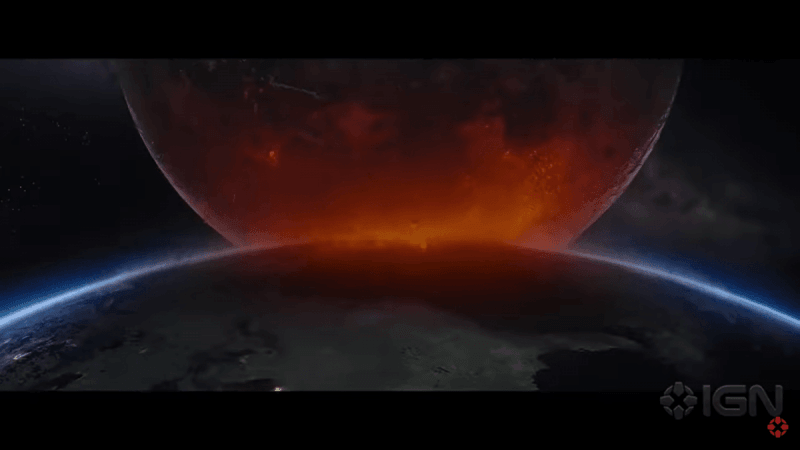
The Moon is in orbit because it moves quickly enough to avoid colliding with Earth but not fast enough to release its gravitational pull.
A big object like an asteroid might impact the Moon and knock it out of its orbit. Planetary impacts were more prevalent in our solar system's early days. Scientists believe that 4 billion years ago, a huge planetary object called Theia collided with the Earth, forming the Moon. To deviate the Moon's orbit, an object must be "large enough to impact it at the proper speed and angle."
To artificially change the Moon's orbit so it collides with Earth, you'd need to reduce its velocity and lower its altitude using an engine on the Moon's "forward-facing" side. Rather than driving the Moon into us as Moonfall implies, you'd use propulsive forces to slow it down.
PARALLEL UNIVERSE
There may be an infinite number of universes out there. Parallel worlds are another well-known sci-fi concept, although when represented on screen, they generally only differ in small aspects from our own universe.
Parallel universes and multiverses are frequently discussed in conjunction with other significant scientific concepts such as the Big Bang, string theory, and quantum physics.
The Big Bang happened 13.7 billion years ago. The universe expanded 10.26 times faster than the speed of light in that time. Some researchers believe multiple universes are possible, or even very likely. According to Tufts University in Massachusetts theoretical physicist Alexander Vilenkin, inflation did not cease globally at the same time. While cosmic inflation ceased for everything detectable on Earth 13.8 billion years ago, it continues in other locations.
Instead, the many-worlds hypothesis suggests that for every observable state or outcome, there is another "world" where a different quantum consequence occurs. A branching structure in which our seen cosmos splits into near-infinite options.
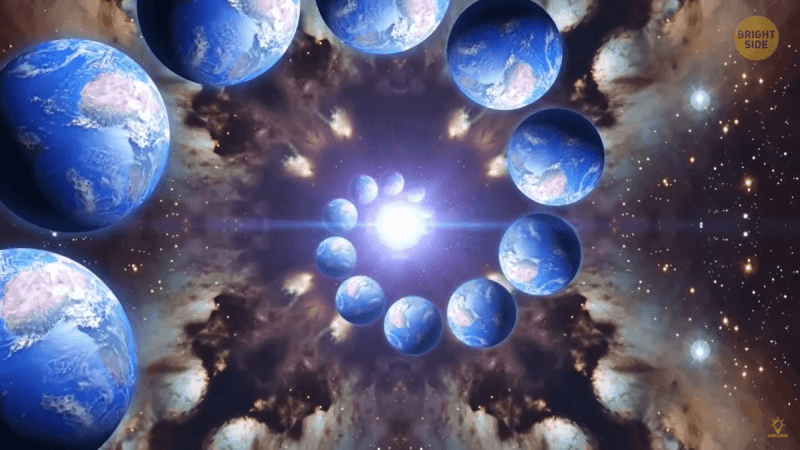
While there may be many versions of you living lives somewhat different from your existence in this world, you'd never know it.
Everyone knows the sci-fi drama Doctor Who. Episode World Enough and Time, a narrative about a 400-mile-long ship stuck above a huge black hole. Due to time dilation, a few seconds on the lower decks of this spacecraft equalled years on the upper decks, as seen in Interstellar. As a result of this genuine science, a whole generation of scary cloth-faced Cybermen appeared to emerge in minutes.
Doctor Who, with its core Gallifreyan in a TARDIS (Time And Relative Dimension In Space), is well-positioned to explore these dimensional issues. The concept that the Tardis inside and outside exists on distinct planes is briefly referenced in Classic Who, with Tom Baker's doctor describing it as "dimensionally transcendental". But it hasn't been properly developed in a tale, with "dimension" becoming a fad.

















